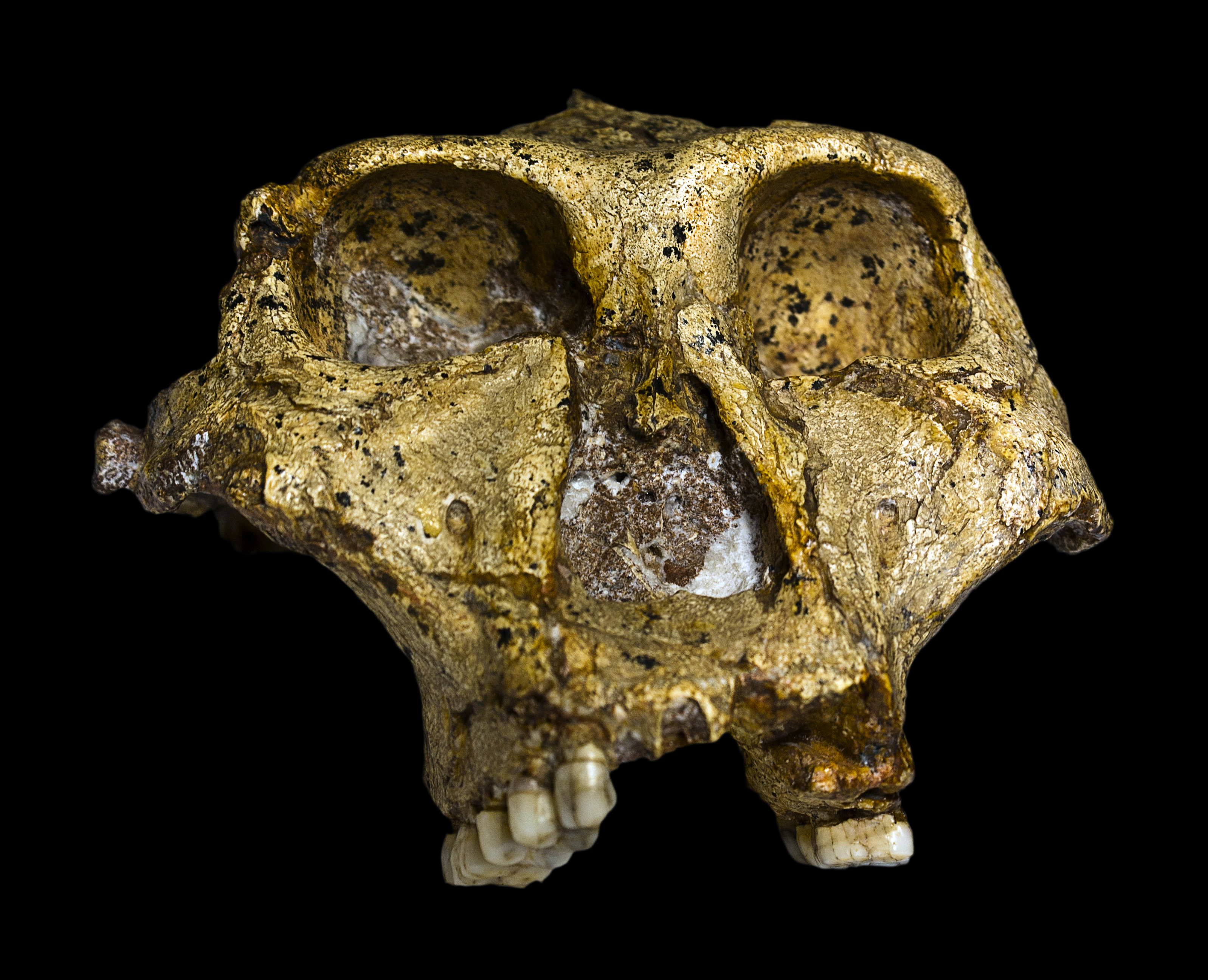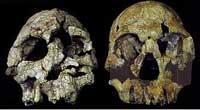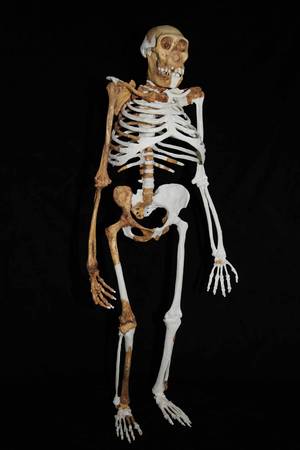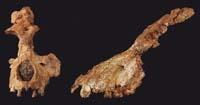Similarities in the human and ancestral middle ear
2013/05/20 Roa Zubia, Guillermo - Elhuyar Zientzia Iturria: Elhuyar aldizkaria

Fossil bones have been found in the middle ear of an Australopithecus and a Paranthropus, whose hammers are similar to those of man. In view of this, experts consider that these hominids of the human evolutionary branch were able to hear sounds of frequencies between 2 and 4 kHz, and that their ear was closer to humans than to other primates. It is very difficult to know the hearing capacity of the missing species, since many parts of the body, including the brain, intervene in listening, which are not preserved in fossils. Middle ear bones are also rarely fossilized, but in few cases they have been preserved. In fact, a group of paleoanthropologists has published in the journal PNAS the result of two special cases. On the one hand, the bones of a 1.8 million year old specimen of Paranthropus robustus have been presented, the oldest fossil that has preserved all the bones of the middle ear: hammer, anvil and abutment. On the other hand, the bones of an Australopithecus africanus of 2-3 million years ago have also been found, although not all the bones of the ear remain. The results have been published by paleoanthropologists from Binghamton University in New York, along with Juan Luis Arsuaga and Ignacio Martínez, who work at the Atapuerca site. Of the bones studied, hammers are more like human bones, both Australopithecus and Paranthropus. Both are suitable for listening to frequencies of 2 to 4 kHz, frequencies of great importance in speech. The other primates are less sensitive to these frequencies.

Gai honi buruzko eduki gehiago
Elhuyarrek garatutako teknologia






